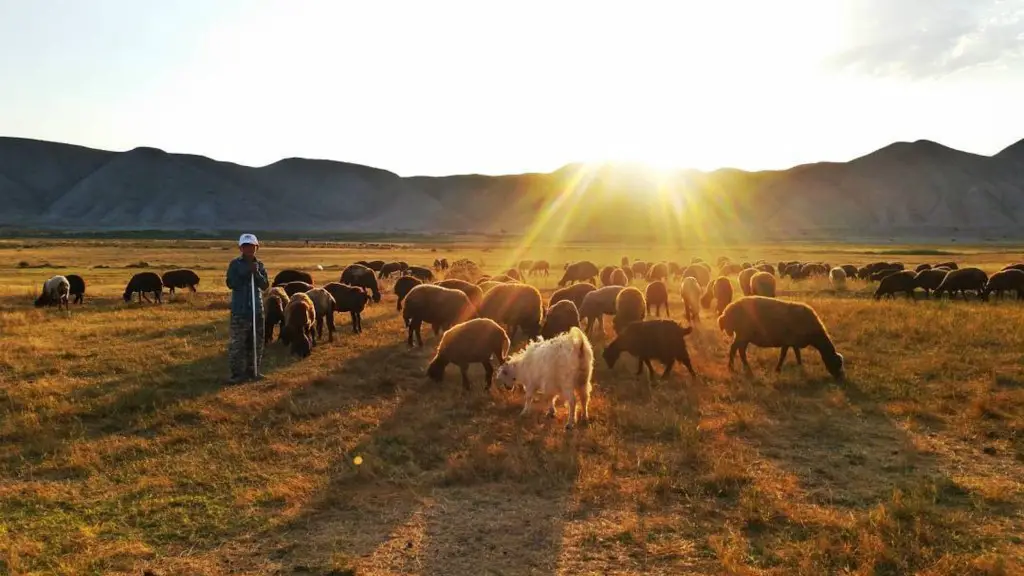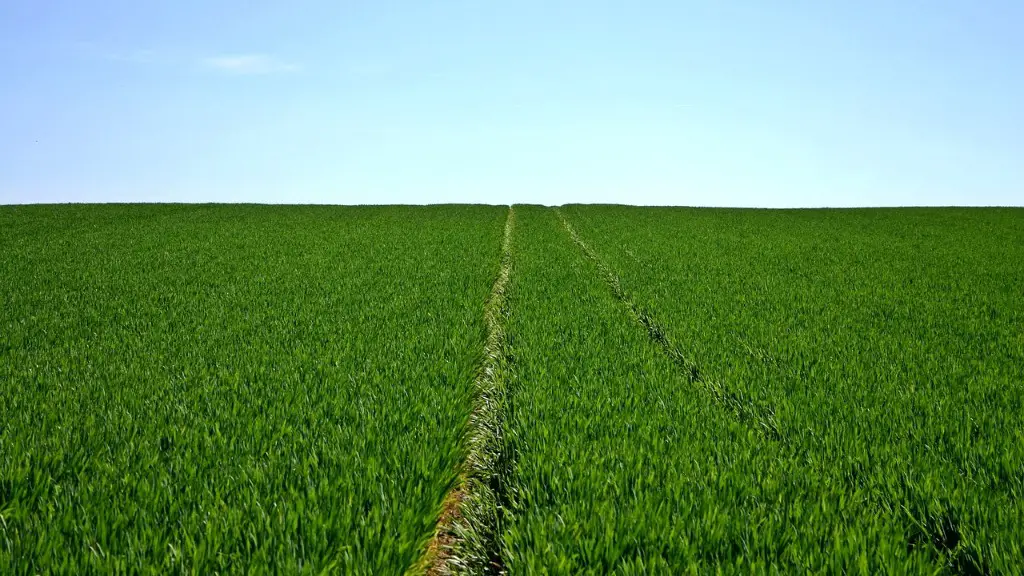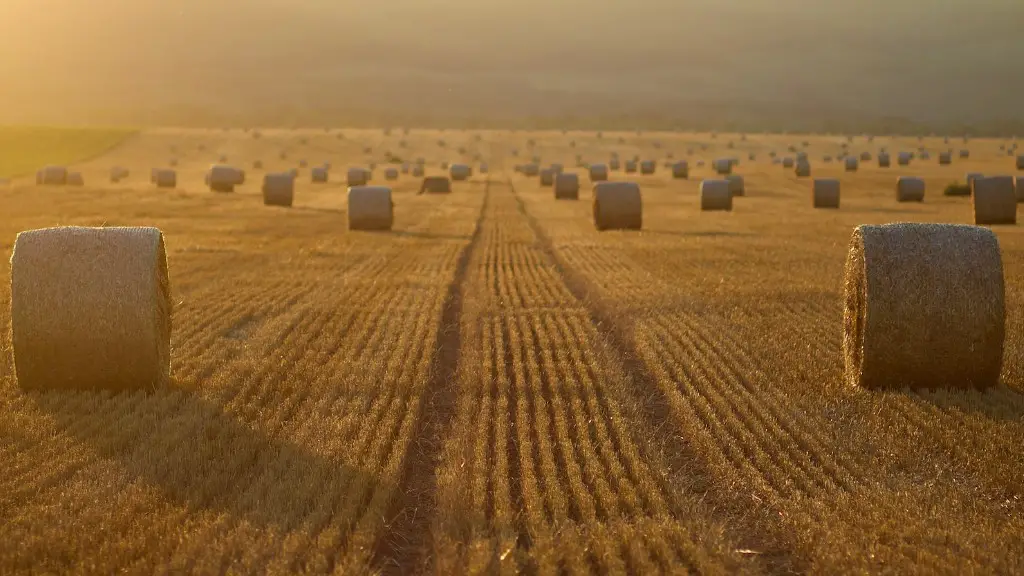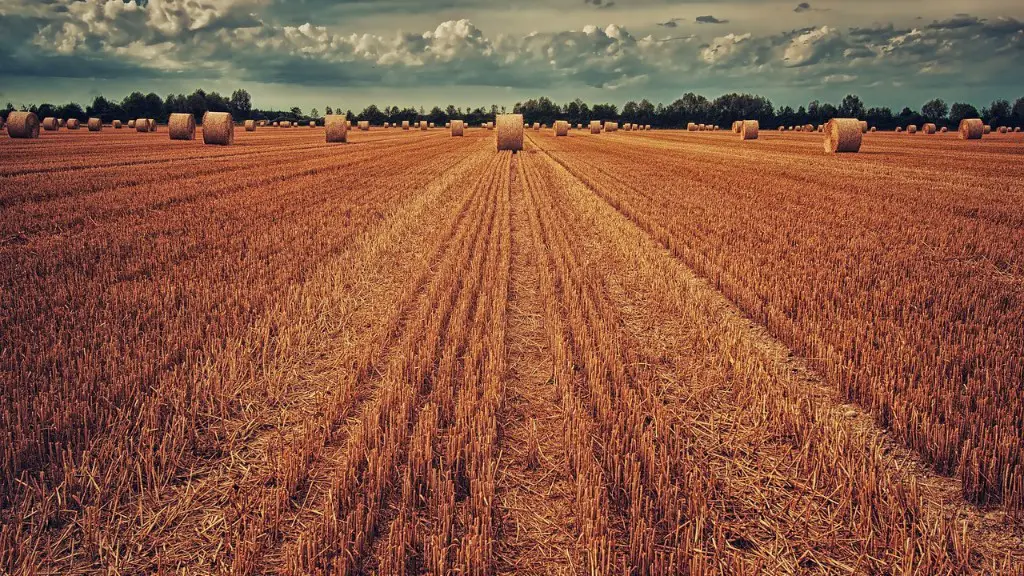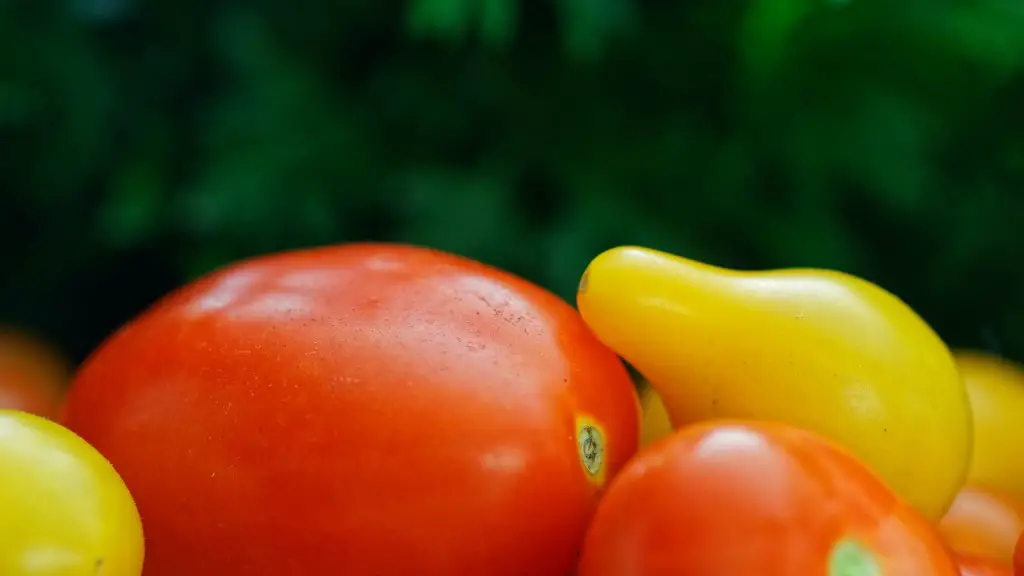Humans’ hunting and gathering lifestyles were mainly dictated by the availability of food. It was their capacity to adapt and develop agricultural techniques through trial and error which significantly altered the course of history when Homo sapiens first adopted farming around 12,000 years ago. Developing from the hunter-gather societies of pre-history, agricultural communities and cultures benefited in many ways from the transition to farmed goods. This article explores how early man discovered agriculture.
Experts believe the origins of agriculture come from people’s use of plants, thousands of years before the dawn of the agricultural era. Archaeological digs have uncovered signs of evidence including harvesting tools, fractional land management techniques, and buildings created to store goods – indicating that hunter-gather societies had mastering the knowledge of farming before formally transitioning away from their hunting-gathering lifestyle. This knowledge would have been passed on through generations, making the process of adoption easier.
Humans and their ancestors had started to domesticate animals, such as goats and dogs, approximately 15,000 years ago. With the rising success of these domestication experiments, further research had conducted to find out how to cultivate and store food from plant sources. During the onset of the agricultural period, steps were made to increase crop yield for certain plants like wheat, peas, and corn. This allowed the hunter-gathers to become fully reliant on farmed goods, with less need for foraging.
Agriculture allowed hunter-gathers to live in one place, rather than moving constantly as they had before. This had significant positive impacts on everyday life, as human population began to increase and consume more food. With a permanent food supply, people formed meaningful relationships, beginning to create the modern concept of a ‘home’, with all its social and cultural benefits.
Adopting a farming lifestyle had drastic consequences on other aspects of life. People began to specialize in certain areas such as crafts, trading and services. This allowed for societies to expand, with cultural and economic developments greatly enhanced. Not only did this remove the need to forage or hunt, it provided a reliable food source which had a positive impact on human nutrition and population growth.
Domestication of Animals
Thousands of years before the dawn of the agricultural age, humans and their ancestors had begun to domesticate animals such as goats, dogs, cats, and even horses. The domestication of animals went hand-in-hand with the process of farming, providing fur, and occasionally a supply of milk, eggs, and other foodstuffs. As humans learned more about animal husbandry, their skills and techniques of farming further improved.
The domesticated animals of the era also provided reliable transportation and the ability to fish or hunt larger animals. The presence of domesticated animals was also an incredibly valuable source of manure, which contained essential nitrogen, potassium, and phosphorus needed for crops to flourish.
They also provided utilitarian benefits such as traction for ploughing, seed dispersal, and transport of goods or people. Undoubtedly, the domestication of animals was an important factor in the discovery of agriculture, as well as its subsequent development.
Systematic Planting and Crop Rotation
The development of systematic planting and crop rotation techniques allowed early man to realize the most of their yields. This would have increased nutrition and provided an incentives to grow more crops. Systematic planting techniques involved clearing an area of land, preparing soil, and planting the crop.
By developing new techniques, early man had discovered that they could determine the optimal patterns and processes to maximize their crop yields. They also developed ways of reducing the damage caused by predators such as birds and rodents. Thus, by applying systematic methods of planting and rotation, early humans had eventually increased their crop yields significantly.
Crop rotation was also an essential element of early agriculture. Ancient societies began to rotate their crops on a four-year basis in order to maintain soil fertility, improve the quality of crop yields, and reduce the risk of disease or pests. This would have significantly improved the agriculture production.
Storage and Preservation of Food
Early man had also discovered ways to preserve food for long-term storage. They developed methods to store & preserve grains, fruits, and vegetables. This would have reduced food wastage and improved the efficiency of their food supply. Alongside of this, ancient societies had also developed techniques to prepare and cook their food. This would have been hugely beneficial, as cooked food is easier to digest and has a longer shelf life. Going hand-in-hand with the development of agriculture, preserving and cooking food had almost certainly improved the lives of early man.
Another discovery of early man was the fermentation of foods. Early societies had used fermentation processes to preserve food and preserve its nutrients. This would have helped to improve nutrition, particularly during the times when other food sources weren’t available.
It is also believed that early man had adopted early winemaking practices as a means to preserve food and as an alternative source of nutrients.
The development of winemaking had been heavily intertwined with the discovery of agriculture.
Gathering and Exchange of Knowledge
Early man had also contributed to the discovery of agriculture through their gathering and exchange of knowledge, which helped to preserve and improve the knowledge of farming. Ancient societies had developed systems of oral, verbal, and non-verbal communication to transfer information from one generation to the next. This could have included songs, stories, dances, symbols, and drawings which helped to spread the knowledge of farming.
Knowledge was also exchanged between different communities and cultures, either through trade networks or other means of communication. This allowed societies to share ideas and techniques, which would have vastly expanded the knowledge of agriculture, and helped to advance the practice.
Knowledge exchange not only allowed ancient cultures to share and exchange ideas, but it also opened the door to new techniques, technologies, and tools which would have been beneficial to the process of agriculture.
Hunter-Gathers Becoming Settled Communities
The development of agriculture not only allowed hunter-gather societies to become settled communities, it also allowed them to build a future for their descendants.
When people began to transition away from the hunter-gather life, people started to form more meaningful relationships. This led to larger groups, which became more complex societies as they traded, specialised, and built new structures.
The staying power of these settlements also made it easier for their descendants to understand the importance of farming, and encouraged the development of new techniques and technologies. This allowed early man to expand and conserve their crops and harvest, as well as gaining greater control over the crops they harvested.
The transition to a farming lifestyle clearly had a huge impact, not only on the individuals, but also on their societies, cultures, and communities, with the effects being far-reaching.
